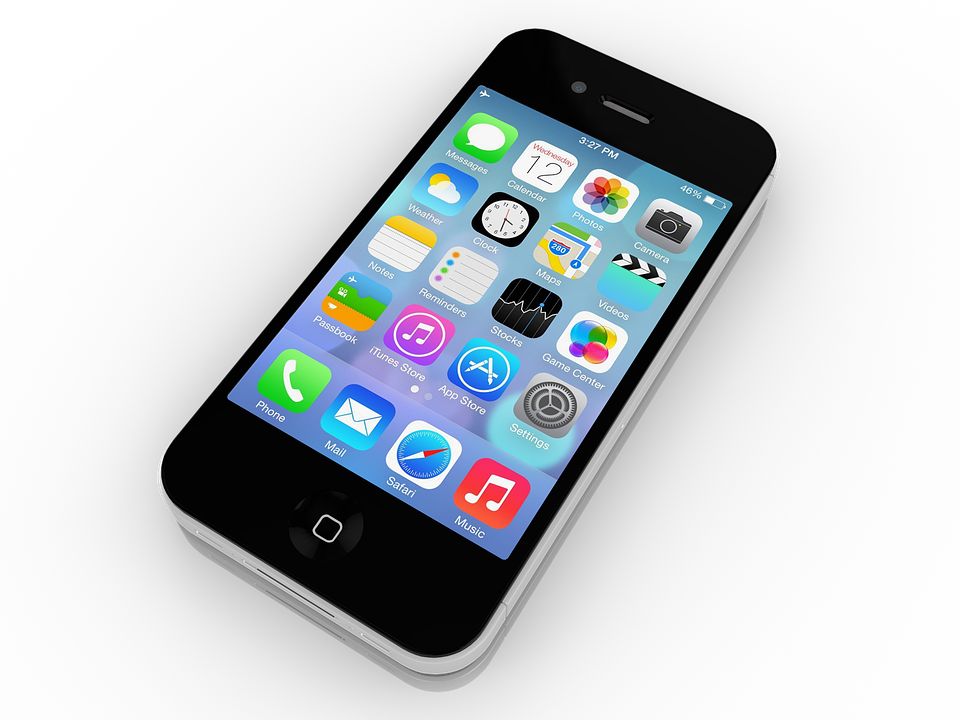Unveiling the Distinctions: Exploring the Top Differences Between iPhone and Samsung
Introduction:
The smartphone market is dominated by two giants, Apple and
Samsung, each offering a unique blend of features and innovations. Choosing
between an iPhone and a Samsung device is often a matter of personal
preference, with each brand boasting its own set of strengths and
characteristics. In this article, we will delve into the top differences
between iPhones and Samsung smartphones, exploring key aspects such as design,
operating systems, customization, camera technology, and ecosystem integration.
Design
Aesthetics:
iPhone:
Apple's design philosophy is characterized by a minimalist
and sleek approach. iPhones are renowned for their premium build quality, often
featuring a unibody aluminum or glass construction. The design is consistent
across the lineup, with an emphasis on simplicity and elegance. Apple places a
high value on the user experience, and this is reflected in the cohesive and
visually appealing design of iPhones.
Samsung:
Samsung, on the other hand, embraces a more diversified
design strategy. The Galaxy lineup offers a wide range of designs, from sleek
and sophisticated to bold and experimental. Samsung devices often feature
curved displays, glass back panels, and a variety of color options. The
emphasis on choice and variety in design allows Samsung to cater to a broader
audience with different aesthetic preferences.
Operating
Systems:
iPhone:
The iPhone operates on Apple's iOS, a closed-source
operating system known for its seamless integration with hardware and a
consistent user experience across devices. iOS is celebrated for its intuitive
interface, regular updates, and robust security features. However, it is a
closed ecosystem, limiting customization options for users.
Samsung:
Samsung smartphones typically run on Android, an
open-source operating system developed by Google. Samsung adds its own layer of
customization with the One UI, offering users a unique interface experience.
Android provides a higher degree of customization compared to iOS, allowing
users to personalize their devices extensively, from widgets and themes to
third-party app launchers.
Customization
Options:
iPhone:
Apple has traditionally prioritized a controlled and
uniform user experience, resulting in limited customization options compared to
its Android counterparts. While users can personalize their iPhones to some
extent by arranging icons, changing wallpapers, and using widgets, the level of
customization is intentionally streamlined to maintain a cohesive and
consistent design.
Samsung:
Samsung's Android-based devices provide users with a higher
level of customization. The One UI allows for extensive personalization,
including the ability to change themes, use custom widgets, and even modify the
system font. Samsung's emphasis on giving users more control over the look and
feel of their devices caters to those who enjoy tailoring their smartphone
experience to suit their preferences.
Camera
Technology:
iPhone:
Apple places a strong emphasis on camera quality, and
iPhones are renowned for their impressive photography capabilities. The camera
software, combined with sophisticated hardware, delivers stunning photos and
videos. iPhones often feature advanced computational photography, enhancing
image quality through software processing. The integration of Night mode and
Deep Fusion technology further distinguishes iPhone cameras in low-light
conditions.
Samsung:
Samsung is no stranger to innovation in camera technology.
The Galaxy lineup boasts versatile camera systems, including high-resolution
sensors, wide-angle lenses, and powerful zoom capabilities. Samsung's cameras
are often praised for their flexibility and advanced features, such as Single
Take mode, which captures multiple types of content with a single press of the
shutter button.
Ecosystem
Integration:
iPhone:
Apple's ecosystem integration is one of its main advantages. iPhones seamlessly
connect with other Apple devices, creating a unified user experience. The
integration of services like iCloud, iMessage, FaceTime, and AirDrop allows
users to effortlessly switch between their Apple devices, sharing content and
information seamlessly.
Samsung:
Samsung has made strides in improving ecosystem integration
through its Galaxy ecosystem. Features like Samsung DeX enable users to extend
their smartphone experience to compatible tablets and PCs. Additionally,
services like Samsung Flow facilitate seamless connectivity between Samsung
devices. While not as tightly integrated as the Apple ecosystem, Samsung's
efforts aim to provide users with a connected experience across multiple
devices.
Software
Updates:
iPhone:
One of the advantages of Apple's closed ecosystem is the
consistent and timely delivery of software updates. iPhones receive the latest
iOS updates simultaneously across supported devices, ensuring that users have
access to new features, security patches, and improvements promptly.
Samsung:
Samsung's approach to software updates is influenced by the
open-source nature of Android. While flagship devices receive regular updates,
the rollout may vary across different models and carriers. Samsung's One UI
updates often bring new features and improvements, but the timing can be
influenced by factors such as device compatibility and carrier approval.
Brand
Loyalty and Community:
iPhone:
Apple has cultivated a strong sense of brand loyalty among
its users. The Apple community is known for its enthusiastic user base, often
quick to adopt new devices and updates. The brand loyalty is further fueled by
the exclusive nature of Apple products, creating a sense of belonging among
users.
Samsung:
Samsung has a diverse user base, and brand loyalty is often
influenced by the variety of devices offered. While Samsung users may not
exhibit the same level of exclusivity as the Apple community, the brand's
popularity stems from providing options that cater to a wide range of
preferences and budgets.
Conclusion:
In the perpetual debate between iPhone and Samsung
smartphones, the choice ultimately boils down to personal preferences and
priorities. The distinctions in design aesthetics, operating systems,
customization options, camera technology, ecosystem integration, software
updates, and brand loyalty contribute to the unique identity of each brand.
Whether one values the sleek and controlled experience of the iPhone or the
diverse and customizable nature of Samsung, both brands continue to shape the
landscape of the smartphone industry, offering users a plethora of choices to
suit their individual needs and preferences.



